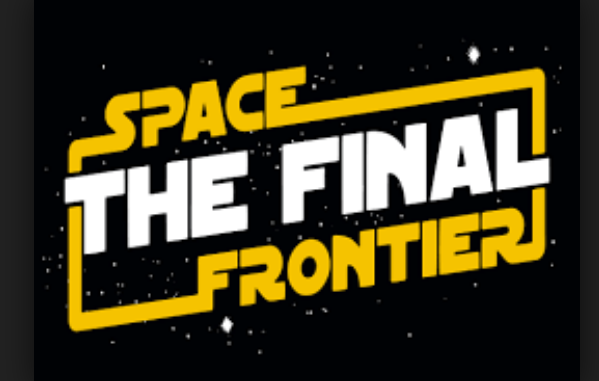
Introduction
Your have been selected by NASA to explore the universe. You will explore
the universe in a series of missions. You will need to keep a mission
log with all of your findings to report back
to Mrs Gillum and NASA. Mission Log
For
each mission, you will attempt to master 1-4 learning goals, provided in
the form of questions. Resources to support your quest are provided online
at Mrs. Gillum’s Web page:
http://www.mrsgillumscience.com/16_8th/16_8_dir.htm
While researching, take notes to facilitate your quest. Once confident
you’ve met the learning goals, use your notes to complete the Mission
Log Little Books!
Mission Timeline
Missions
1-2-3 due
Tuesday Jan 17
- Mission 1: Space Exploration
- Mission 2: Space Travel
- Mission 3: Planets / Sun
/ Earth
Missions 4-5 due Fri: Jan 20
- Mission 4 : Moon
- Mission 5 : Space Objects
Missions 6-7 due Fri: Jan 27
- Mission 6 : Stars
- Mission 7 : Galaxies + Black
Holes
|
Each Mission Little Book will be evaluated individually
using this Rubric scale:
Emergent 1
|
Progressing 2
|
Proficient 3
|
Exceptional 4
|
- Log and/or notes present little understanding of the mission’s
learning goals
- Log is incomplete and/or inaccurate
|
- Log and/or notes present an understanding of the mission’s
learning goals
- Log is mostly complete and accurate, attempts to use academic
language
|
- Log presents a good understanding of the mission’s learning
goals
- Log is somewhat creative and original, attempts to use academic
language, and is accurate
|
- Log presents a thorough understanding of the
mission’s learning goals
- Log is creative and original,
uses academic language, and is accurate
|
Mission 1: Space Exploration
Mrs.
Gillum & NASA are curious about potential space travel competitors.
Use the provided resources to investigate (spy on) other space agencies
to see their latest breakthroughs in space exploration. Record your findings
in your mission log . Learning Goals
1.How are humans currently exploring space?
... Consider focusing on just one space agency and/or one specific
mission.
2.
How might humans explore space in the future? Resources: Videos: see https://youtube.com/mrsg9064
(there are about 30+ videos here. Look for the ones that will help you!)
Mission 2: Space Travel & Distances
Mrs Gillum & NASA
have secretly been developing a high-velocity, law-breaking space shuttle
that transports large crews to its covert lunar base, Luna Headquarters.
They have selected you to beta-test this new technology. Prior to departure,
plan for a lengthy trip into space. Learning Goals
1. How is distance measured in our solar system and beyond?
2.
What
natural resources are required for surviving, and traveling in, space?
3.
What is
the difference between rotation and revolution?
4.
What force is responsible for
space motion?
Resources : Videos: see https://youtube.com/mrsg9064
Additional Sources: .Chp
18: Video
Directory:
Little Book: Virtual Lab 1 Glenco: click here
Little Book: Virtual Lab 2: click here
Little Book: Virtual Lab 3: click here
Chapter 18 reading: pdf
Mission 3: Planets
Congratulations! After a tremulous launch
and surprisingly smooth journey, you have safely landed on the moon. Your
team temporarily meets at Luna Headquarters to plan for this newest mission.
Mrs Gillum & NASA
are considering a series of additional headquarters, spread throughout
the solar system. You will be tasked with investigating the inner planets
followed with an investigation of the outer planets. At the end of
your investigation, reconvene to compare & contrast the planets in
order to propose a possible headquarter. If you have additional time,
consider furthering your study to include the newest classification of
planets.
Learning Goals
1. What features do the inner planets share? click here for questions 1-4
2. What features do the outer planets share?
3. Compare and contrast the inner and outer planets.
4. Where does Pluto belong in this classification system?
Resources Videos: see https://youtube.com/mrsg9064
Additional information: Chp 18: Video
Directory:
|

